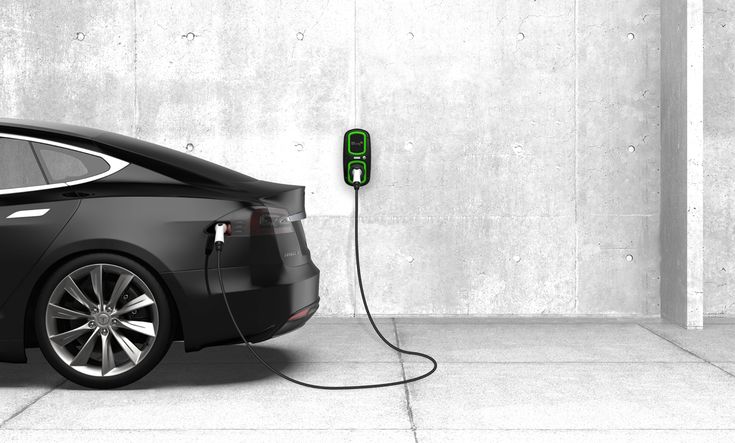A properly functioning lights and electrical system is essential for safe driving and vehicle operation. Regular checks and maintenance can prevent unexpected failures and ensure you’re always visible and your vehicle’s electrical systems are working correctly.

1. Lights: Visibility and Communication
- Headlights:
- Function: Provide illumination for nighttime driving and low-visibility conditions.
- Inspection: Check both high and low beams for proper function and alignment. Ensure the lenses are clean and free of cracks.
- Maintenance: Replace burned-out bulbs promptly. Consider upgrading to brighter, more efficient bulbs if needed.
- Taillights and Brake Lights:
- Function: Indicate your vehicle’s presence and braking to other drivers.
- Inspection: Have someone assist you in checking brake lights while you press the brake pedal. Inspect taillights for proper illumination.
- Maintenance: Replace burned-out bulbs immediately.
- Turn Signals and Hazard Lights:
- Function: Communicate your intentions to other drivers.
- Inspection: Check all turn signals and hazard lights for proper flashing. Listen for the clicking sound, which indicates proper operation.
- Maintenance: Replace burned-out bulbs and check for faulty flasher relays if needed.
- Interior Lights:
- Function: Provide illumination inside the vehicle.
- Inspection: Check all interior lights, including dome lights, map lights, and dashboard lights.
- Maintenance: Replace burned-out bulbs.
2. Electrical System: The Nerve Center
- Fuses:
- Function: Protect electrical circuits from overloads.
- Inspection: If an electrical component fails, check the fuse box for a blown fuse. Consult your vehicle’s owner’s manual for fuse locations and diagrams.
- Replacement: Replace blown fuses with fuses of the same amperage rating. Never use a higher amperage fuse, as this can damage the electrical system.
- Wiring:
- Inspection: Look for frayed, exposed, or damaged wiring under the hood and throughout the vehicle.
- Maintenance: Repair or replace damaged wiring to prevent short circuits and electrical fires.
- Battery Connections:
- Inspection: Check battery terminals for corrosion and ensure they are tightly connected.
- Maintenance: Clean corroded terminals with a wire brush and tighten loose connections.
- Alternator:
- Function: Charges the battery and powers the electrical system while the engine is running.
- Signs of Failure: Dim headlights, flickering lights, battery warning light, or difficulty starting the engine.
- Maintenance: Have the alternator tested by a qualified mechanic if you suspect a problem.
- Ground Connections:
- Inspection: Check ground connections for corrosion or looseness. Poor ground connections can cause various electrical problems.
- Maintenance: Clean and tighten ground connections as needed.
Addressing Electrical Issues:
- Consult the Owner’s Manual: Your vehicle’s owner’s manual is a valuable resource for troubleshooting electrical problems and locating fuses.
- Use a Multimeter: A multimeter can be used to test voltage and continuity in electrical circuits.
- Seek Professional Help: If you are unsure about any electrical repairs, consult a qualified mechanic.
Key Maintenance Tips:
- Regular Light Checks: Make it a habit to check your vehicle’s lights regularly, especially before long trips.
- Carry Spare Fuses and Bulbs: Keep a supply of spare fuses and bulbs in your vehicle.
- Prevent Overloading Circuits: Avoid overloading electrical circuits by using accessories that exceed the circuit’s amperage rating.
- Maintain Battery Connections: Keep battery terminals clean and tight.
- Inspect Wiring Regularly: Check for damaged or frayed wiring.
By maintaining your vehicle’s lights and electrical system, you can ensure safe driving and prevent unexpected electrical failures.